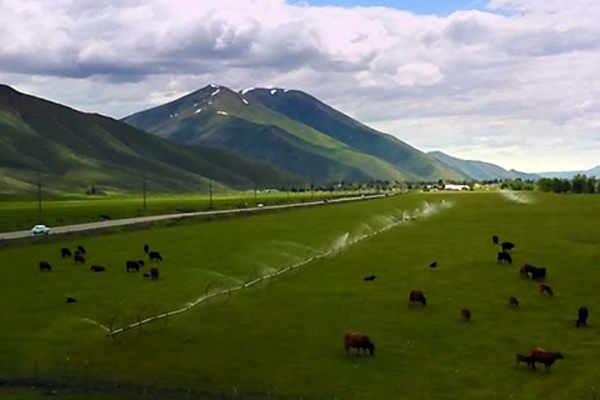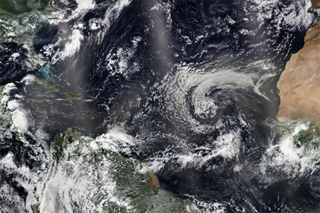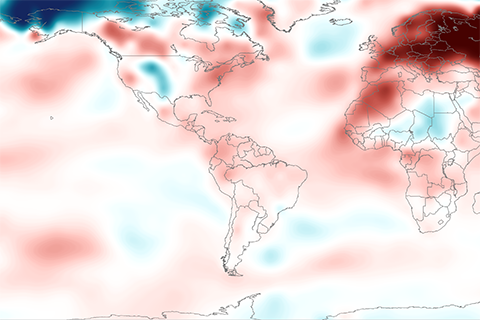
Cool conditions in Alaska and northern Canada related to a strong polar vortex were not enough to outweigh the extreme warmth across Europe and Asia in February 2020. Both the Northern Hemisphere and the globe as a whole had their second-warmest February on record.
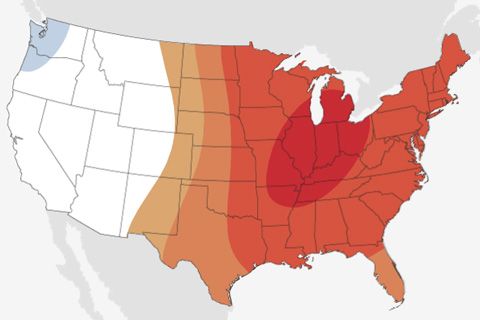
It's the start of meteorological spring, and warmer-than-average temperatures are favored for the central/eastern United States, while the precipitation outlook is more variable.
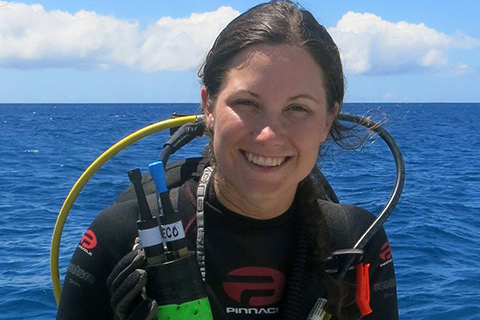
Climate.gov talks with scientific scuba diver and marine scientist Danielle Claar, an early career scientist with a passion for everything ocean—from tide pools to coral reefs.
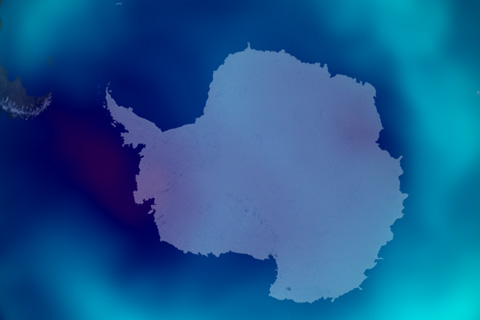
The seasonal Antarctic ozone hole was the smallest on record in 2019, thanks to a warmer-than-average September.
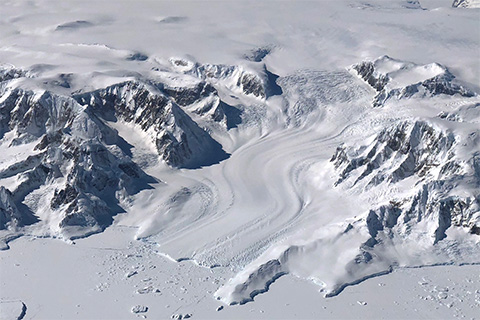
Antarctica has not responded as quickly to climate change as the Arctic, but Earth’s southernmost continent is still losing ice. Ice shelf disintegration and glacier acceleration in Antarctica could raise global sea level significantly, and the effects would be keenly felt along U.S. coastlines.
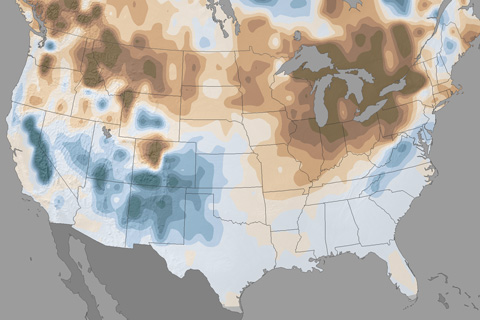
Forecasters think the tropical Pacific climate phenomenon known as El Niño is likely to visit this winter. What might that mean for snow?
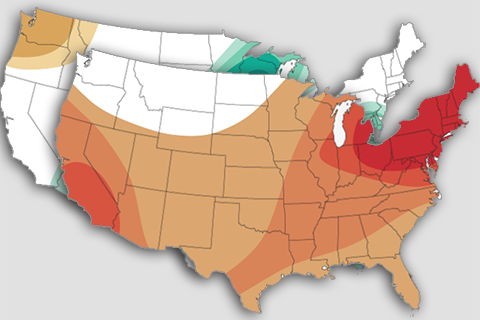
The September 2018 temperature and precipitation Outlooks for the United States predict warmer than average temperatures for much of the country and wetter than average conditions for the central Plains and eastern seaboard.

